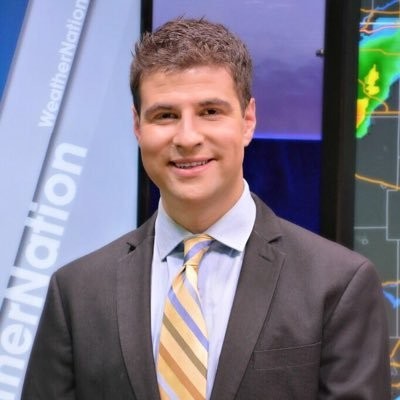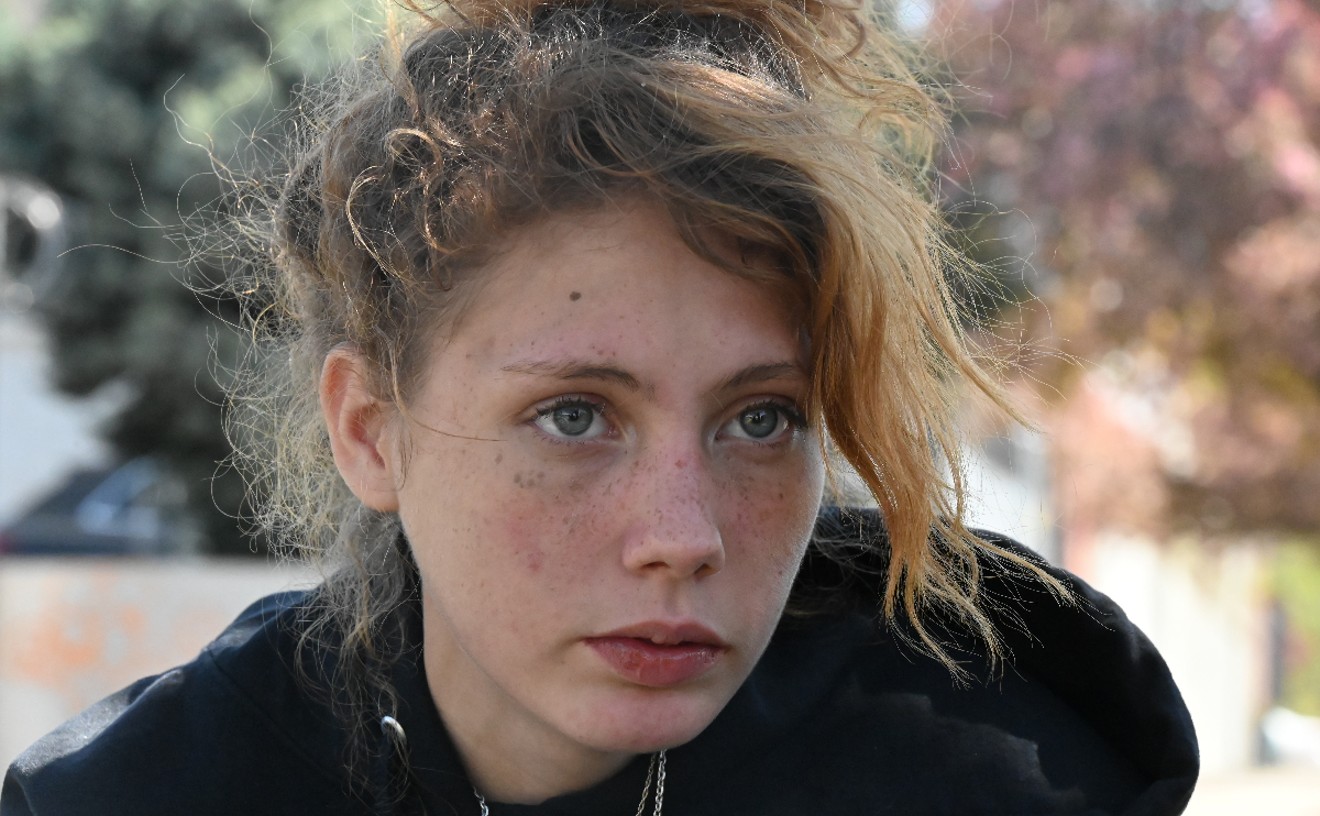Where's the snow?
Denver has only seen 19.4 inches of snow so far this winter, well below and only slightly more than half of the typical winter-to-date average of about 38 inches. Overall precipitation (rain and snow combined) is also well below average dating back to September, with four of the past five months seeing below- normal precipitation amounts.
With winter coming to a close and warmer weather just around the corner, is it time to worry about Colorado's lack of snow potentially fueling a nasty fire season?
Not yet, cautions Russell Danielson, a meteorologist at the National Weather Service office in Boulder. But we may be approaching a point of concern, particularly if the rest of March stays drier than average.
"We can always have a good snow through May, or a good rain or something like that. It changes rapidly," Danielson says. "March is our snowiest month along the urban corridor, and we haven’t received any precipitation yet, and there’s not a ton in our future. It’s not time to start worrying now, but I could say we’re hoping for some more precipitation to come along."
Last March, Denver didn't see any measurable snowfall, but an extremely wet May (3.66" of rain, well above average) kept the Front Range mostly okay on the drought-and-fire side of things. However, a snowy end to the winter season can help keep the ground less fire-prone.
Before the peak heat season in June and July, there are two main sources of moisture to help stave off fires: snowmelt from the previous winter, and moisture from the stormy spring season.
Fires themselves are complicated, fueled by a combination of drought, short-term weather conditions (think about the 100-degree-plus wind-driven heat from 2012's horrendous fire season), snowpack, vegetation and other factors.
The spring storm season is still a few weeks off, but the winter season hasn't produced the kind of snow we typically expect in Colorado, particularly for the southern portion of the state. This could be a big problem if rain or snow doesn't arrive in the near future.
"[Dry weather] is not what we want to see in March, put it that way," Danielson says.
While there's still enough time to make up for the snow deficit so far this winter, time is beginning to run out. March is typically the snowiest month on average for Denver and much of Colorado; by April, snow events tend to be increasingly hit-or-miss.
The official monthly and seasonal drought outlooks aren't particularly optimistic, either, with the national Climate Prediction Center forecasting ongoing drought conditions.
"As we head out a few more months, we're still looking warmer and drier," Danielson says. "The outlooks aren't great for fire potential, especially in southern Colorado."
[
{
"name": "Air - MediumRectangle - Inline Content - Mobile Display Size",
"component": "12017618",
"insertPoint": "2",
"requiredCountToDisplay": "2"
},{
"name": "Editor Picks",
"component": "17242653",
"insertPoint": "4",
"requiredCountToDisplay": "1"
},{
"name": "Inline Links",
"component": "18838239",
"insertPoint": "8th",
"startingPoint": 8,
"requiredCountToDisplay": "7",
"maxInsertions": 25
},{
"name": "Air - MediumRectangle - Combo - Inline Content",
"component": "17261320",
"insertPoint": "8th",
"startingPoint": 8,
"requiredCountToDisplay": "7",
"maxInsertions": 25
},{
"name": "Inline Links",
"component": "18838239",
"insertPoint": "8th",
"startingPoint": 12,
"requiredCountToDisplay": "11",
"maxInsertions": 25
},{
"name": "Air - Leaderboard Tower - Combo - Inline Content",
"component": "17261321",
"insertPoint": "8th",
"startingPoint": 12,
"requiredCountToDisplay": "11",
"maxInsertions": 25
}
]











